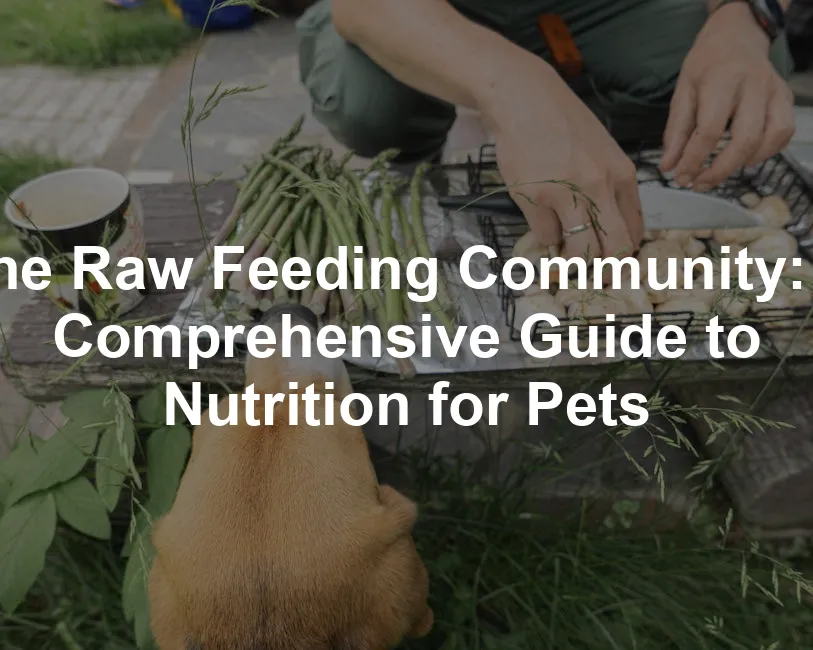Introduction
Raw feeding is gaining traction among pet owners. This approach emphasizes natural diets, using uncooked meats and whole foods. Community support plays a vital role in helping newcomers navigate this lifestyle. This article aims to explore the raw feeding community, its resources, benefits, and challenges.
Summary and Overview
Raw feeding refers to providing pets with a diet of uncooked meat, bones, and organs. There are various approaches, including the BARF (Biologically Appropriate Raw Food) diet and the Prey Model diet. These diets focus on mimicking the natural eating habits of carnivorous animals. For more information on the BARF diet, check out our BARF diet for dogs.
The BARF diet is a popular approach within raw feeding that emphasizes a natural and balanced diet for pets. Learn more about the BARF diet for dogs.
The benefits of raw feeding include improved health, better digestion, and enhanced energy levels. Many pet owners report shinier coats and healthier skin after transitioning to raw diets. Community support is crucial for educating and assisting those looking to adopt this lifestyle.
In this article, you’ll find resources, practical tips, and expert insights to help you on your raw feeding journey. Expect to learn about different types of raw diets, benefits, challenges, and where to find support.
If you’re looking for a handy way to store your pet’s raw food, consider investing in a Pet Food Storage Container. These containers keep your pet’s food fresh and safe from pests, ensuring your furry friend gets the best nutrition possible.
The Raw Feeding Community
Overview of the Raw Feeding Movement
The raw feeding movement has grown significantly over the past few decades. It emerged as a response to concerns about processed pet food. Many pet owners believe that raw diets are healthier and more aligned with pets’ natural instincts.
Cultural beliefs play a significant role in this movement. People increasingly seek natural solutions for their pets’ health. The rise of social media has connected like-minded individuals, fostering a supportive community.
Key figures and organizations advocate for raw feeding, providing education and resources. Groups like the Raw Feeding Veterinary Society and online communities are instrumental in spreading awareness. These platforms help pet owners learn about proper nutrition and safe practices.
With more pet owners choosing raw diets, the community continues to expand. It offers a wealth of information, guidance, and shared experiences, making it easier for newcomers to join the movement.
Types of Raw Diets
BARF Diet
The BARF Diet stands for Biologically Appropriate Raw Food. It includes a mix of raw meat, bones, organs, and some fruits and vegetables. Proponents believe this diet mimics what animals would consume in the wild. The popularity of BARF has surged, largely due to its flexibility. Variations exist, with some advocates suggesting different ingredient ratios. This diet encourages a diverse menu, allowing pet owners to tailor meals based on their pets’ needs. Many communities have emerged around BARF, sharing tips and recipes.
To get started on the BARF diet, you might want to check out Raw & Natural Nutrition for Dogs by Dr. John R. Symes. This book will provide you with essential insights and recipes to help you make the transition smoothly.
Prey Model Diet
The Prey Model Diet aims to replicate the natural diet of wild carnivores. It typically consists of 80% meat, 10% bones, and 10% organs. This diet philosophy emphasizes simplicity, avoiding unnecessary additives or supplements. Advocates argue that this closely aligns with how animals would eat in nature. The focus is on whole prey, which includes everything a wild animal would consume. By adhering to this model, pet owners seek to provide their pets with the most natural, nutrient-dense meals possible.
Commercial Raw Diets
The commercial raw food market is experiencing rapid growth, driven by increasing awareness of pet nutrition. Many brands offer pre-packaged raw diets, making it easier for busy pet owners. These products often meet AAFCO standards, ensuring balanced nutrition. However, commercial options come with pros and cons. Convenience is a significant advantage, but some may question the quality of ingredients. Pet owners should research brands carefully to ensure they choose safe and nutritious options for their pets.
After researching, you may want to stock up on some Freeze-Dried Raw Dog Food. It’s a convenient option that retains the nutritional value of raw ingredients while making it easier to serve.
Benefits of Raw Feeding
Raw feeding offers numerous health benefits for pets. Improved digestion is one of the most reported advantages. Many owners notice their pets absorb nutrients more effectively. This can lead to better overall health and vitality. Enhanced coat and skin condition is another common benefit. A raw diet often results in shinier fur and healthier skin.
Increased energy levels are also frequently observed. Pets on raw diets tend to be more active and playful. Better dental health is another key benefit. Chewing on raw bones helps reduce plaque and tartar build-up, promoting oral hygiene. For more on maintaining dental health in dogs, refer to our article on Understanding canine dental health and home care tips.
Maintaining dental health is crucial for pets on a raw diet, as chewing raw bones can promote oral hygiene. Learn more about canine dental health and care tips.
Testimonials from raw feeders highlight these benefits. One owner shared how their dog’s energy improved significantly after switching to a raw diet. Others report that their pets’ skin conditions cleared up, leading to happier, healthier companions. These positive outcomes often motivate pet owners to join the raw feeding community and share their experiences.
To help with your dog’s dental care, consider adding Dog Dental Chews to their routine. These treats not only satisfy their chewing instinct but also assist in maintaining their oral health.
Challenges of Raw Feeding
Raw feeding can raise several concerns for pet owners. Food safety is a primary issue. Raw meat may harbor harmful bacteria like Salmonella. Proper handling and hygiene are crucial to minimize risks. For a comprehensive understanding of food safety in raw feeding, check out our guide on raw food safety for dogs.
Food safety is a critical concern in raw feeding, as improper handling can lead to health risks. Read more about raw food safety for dogs.
Nutritional imbalances also worry many. Crafting a well-rounded diet takes careful planning. Pet owners might struggle to include all necessary nutrients, leading to deficiencies. Consulting with a nutritionist can help ensure dietary balance.
Cost is another consideration. Raw feeding typically involves higher expenses than commercial kibble. Quality ingredients can add up quickly. However, many owners believe the health benefits justify the costs.
Education and research play vital roles in overcoming these challenges. Joining communities, reading literature, and attending workshops can enhance understanding. With the right knowledge, pet owners can confidently navigate the raw feeding journey.
Resources for Raw Feeders
For those diving into raw feeding, numerous resources are available. Online communities provide support and shared experiences. Popular Facebook groups include the Raw Feeding Community and BARF Diet Chat. These platforms connect newbies with seasoned feeders, creating a wealth of knowledge.
Local meetups and online webinars are also great for learning and networking. Engaging with others can ease the transition to raw diets.
In addition, educational materials abound. Books like “Unlocking the Canine Ancestral Diet” and “Raw & Natural Nutrition for Dogs” offer valuable insights. Websites like Perfectly Rawsome provide articles and guidance tailored for raw feeders.
If you’re looking to dive deeper into the science of raw feeding, consider picking up Unlocking the Canine Ancestral Diet by Steve Brown. This book is a treasure trove of information that can help you understand your dog’s nutritional needs better.
Remarkably, the growth of raw feeding resources reflects its increasing popularity. As more pet owners seek natural diets, the community expands, offering countless ways to support raw feeding practices.
Transitioning to a Raw Diet
Transitioning your pet to a raw diet can be rewarding yet requires patience. Start slowly by mixing a small amount of raw food with their current diet. Gradually increase the raw portion while observing your pet’s reactions. Some pets may experience digestive upset initially, so keep an eye on their stool and overall health.
Incorporate a variety of proteins and nutrients to ensure a balanced diet. Rotate between different meats like chicken, beef, and fish. This variety helps address any potential nutritional gaps and keeps meals interesting for your pet.
It’s also wise to consult with a veterinarian or a pet nutritionist during this process. They can provide tailored advice based on your pet’s specific needs, age, and health status.
Challenges may arise, such as refusal to eat raw food or stomach issues. If your pet is hesitant, try different types of raw food or warming it slightly to make it more appealing. Always prioritize proper food handling to reduce risks of contamination. With patience and planning, your pet will thrive on their new diet.
To make outings easier, consider investing in a Portable Dog Water Bottle. Staying hydrated on the go is important for your pet’s health, and these bottles are a game changer!
The Role of Veterinarians in Raw Feeding
Veterinarians hold varying opinions about raw feeding. Some support it, believing it aligns with pets’ natural dietary needs. Others raise concerns about potential health risks, like bacterial contamination. This divide highlights the importance of finding a veterinarian who understands raw feeding.
Working with a knowledgeable vet when considering a raw diet is essential. They can help you navigate nutritional requirements and ensure your pet’s meals are balanced. Additionally, they can offer guidance on safe food handling practices to minimize health risks.
To find a supportive veterinarian, look for those who have experience with raw feeding or who are open to alternative diets. You might ask fellow raw feeders for recommendations or join online communities for insights. A good partnership with your vet can help you make informed decisions, ensuring your pet benefits from a raw diet without compromising their health.
Testimonials from the Community
Many pet owners have shared their journeys of transitioning to raw diets, highlighting both challenges and triumphs. One owner noted, “My dog was lethargic on kibble, but after switching to raw, he’s full of energy!” This transformation is a common theme in the raw feeding community.
Another member shared, “I was worried my cat wouldn’t adjust, but she took to it immediately. Her coat is now so shiny!” Such stories illustrate the positive impacts raw feeding can have on pets’ health and vitality.
However, challenges do exist. One pet parent recounted, “My dog had a few digestive upsets during the transition. It took time, but now he thrives on raw!” This honesty about the adjustment phase emphasizes the importance of patience.
These testimonials not only encourage others but also build a sense of community. By sharing experiences, pet owners can support each other in navigating the raw feeding journey, helping ensure successful transitions and healthier pets.
FAQs
What is raw feeding and why is it popular?
Raw feeding is providing pets with uncooked diets, primarily consisting of meat, bones, and organs. This practice gained popularity as pet owners seek more natural, healthier options, believing it aligns with their pets’ ancestral diets.
Is raw feeding safe for pets?
Safety measures are essential when feeding raw diets. Proper handling, sourcing high-quality ingredients, and maintaining hygiene can minimize risks associated with bacterial contamination.
How do I transition my pet to a raw diet?
Start slowly by mixing raw food with your pet’s current diet. Gradually increase the raw portion while observing for any digestive issues. This approach helps your pet adjust without stress.
What are the nutritional requirements for raw-fed pets?
Raw-fed pets need a balanced diet with essential nutrients, including proteins, fats, vitamins, and minerals. It’s crucial to vary the protein sources and include organ meats for optimal health.
Where can I find resources and support for raw feeding?
Numerous resources exist, including websites like Perfectly Rawsome, Facebook groups like Raw Feeding Community, and books on raw feeding. These platforms provide education and support for pet owners.
Can all pets be fed a raw diet?
While many dogs and cats thrive on raw diets, individual health conditions may require adjustments. Always consult your veterinarian before making dietary changes, especially for pets with specific health issues.
What are the common misconceptions about raw feeding?
Many misconceptions exist, such as raw diets being inherently unsafe or nutritionally inadequate. However, with proper research and planning, raw feeding can be safe and beneficial for pets.
If you’re looking for ways to keep your pet entertained and stimulated, consider getting them an Interactive Dog Puzzle Toy. These toys challenge your pet’s mind and keep them engaged, which is essential for their overall well-being.
Please let us know what you think about our content by leaving a comment down below!
Thank you for reading till here 🙂

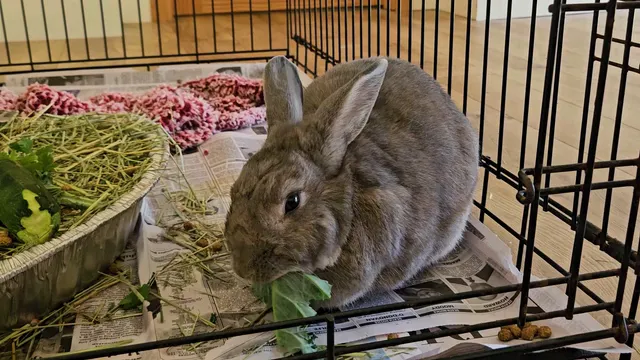
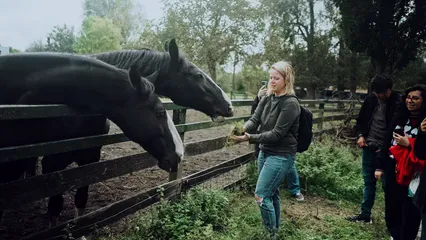


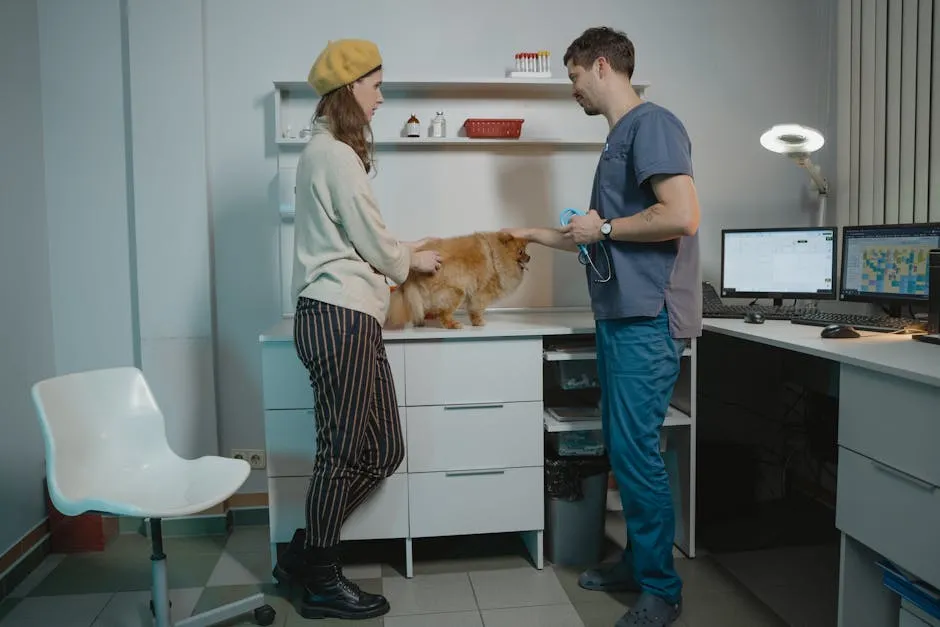

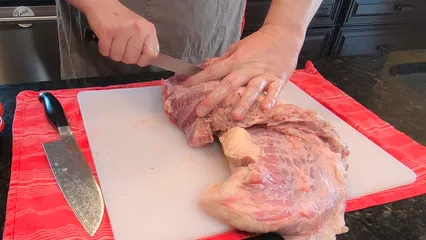


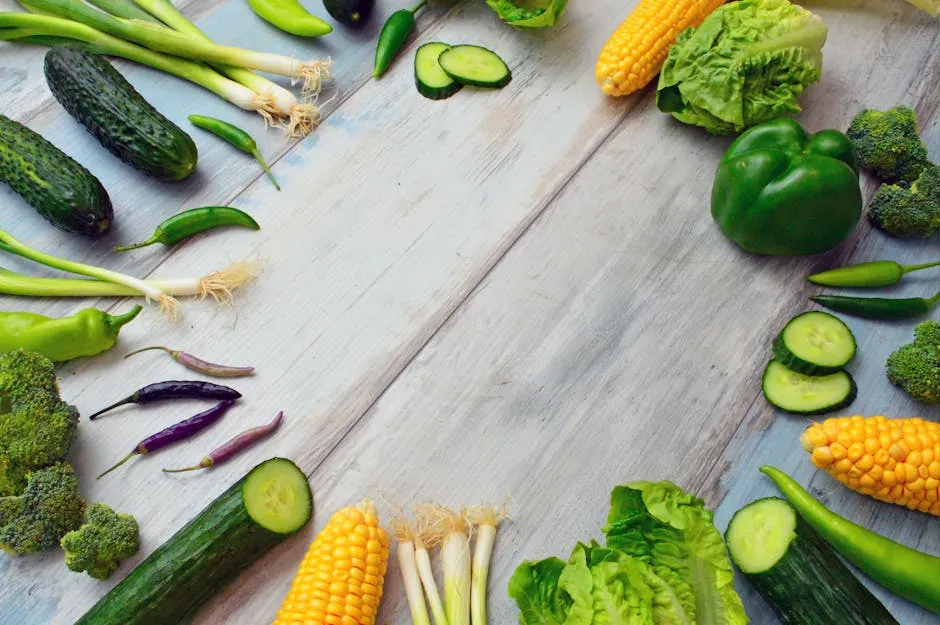
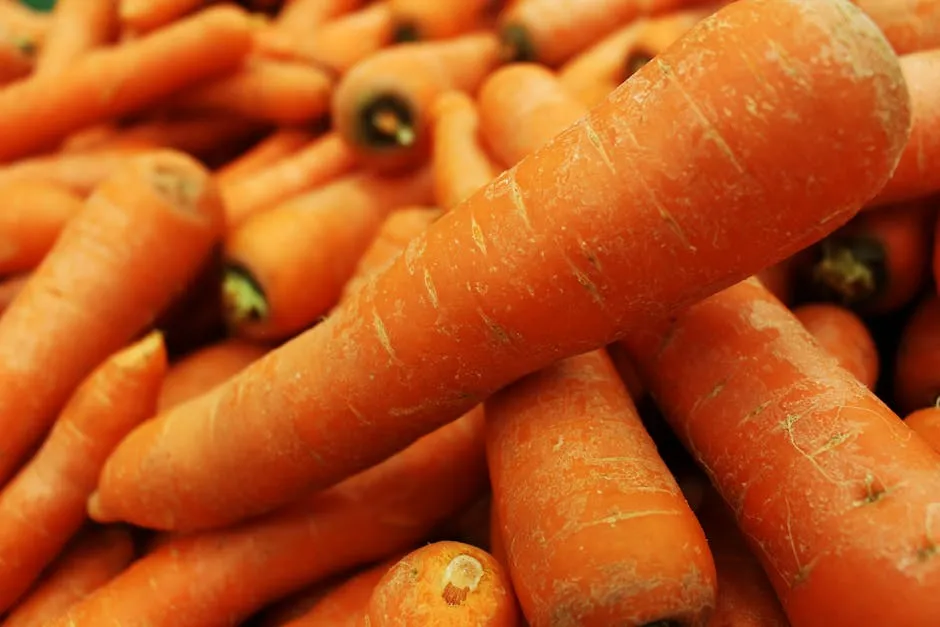



All images from Pexels

